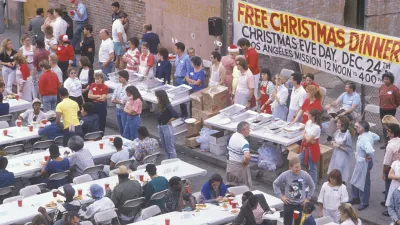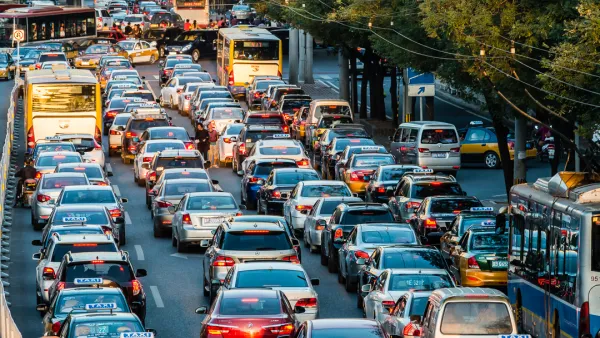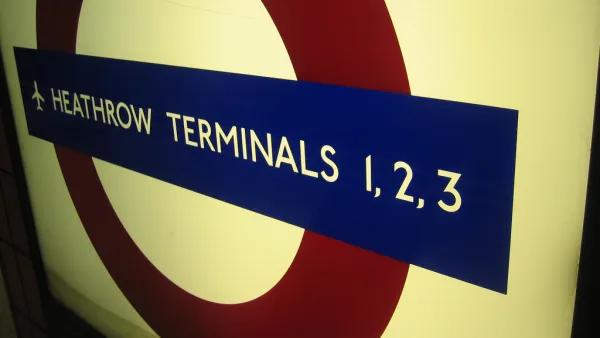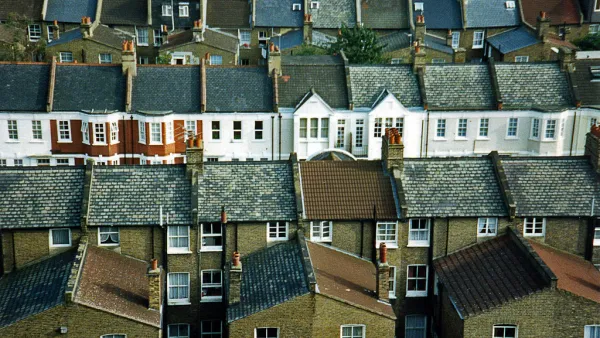A new study shows how pollution and poverty can create a persistent cycle in poor neighborhoods.

Political expedience often pushes undesirable, but necessary, land uses out of rich neighborhoods. These coal stacks, prisons, and highway overpasses are what The Smart Growth Manual calls LULUs, or what Joe Cortright calls “disamenities” in a piece for City Commentary. "Poor neighborhoods tend to bear a disproportionate share of the exposure to environmental disamenities of all kinds," Cortright writes. Worse still, these disamenities tend to create a feedback loop. "If a neighborhood is highly polluted or crime-ridden, people with the economic wherewithal to move elsewhere typically will. When they abandon dirty or dangerous places, the rents fall, and by definition, the residents of these neighborhoods disproportionately become those who lack the resources to afford a better alternative: the poor," Cortright explains.
Sadly, all this is not new news to city watchers. What gives new perspective is a historical study from St. Andrew's University. "The study shows that variations in pollution levels are significant factors in explaining the distribution of poverty within cities in the 19th century," Cortright reports. One interesting insight from the study reveals why the East End was so often the poorer side of industrial cities. The idea investigated here is that in cities powered by coal, if the prevailing winds blew from West to East, that meant that pollution would be blown to the east side of town, causing issues that long outlasted the industrial revolution.
FULL STORY: Pollution and poor neighborhoods: A blast from the past

Analysis: Cybertruck Fatality Rate Far Exceeds That of Ford Pinto
The Tesla Cybertruck was recalled seven times last year.

National Parks Layoffs Will Cause Communities to Lose Billions
Thousands of essential park workers were laid off this week, just before the busy spring break season.

Retro-silient?: America’s First “Eco-burb,” The Woodlands Turns 50
A master-planned community north of Houston offers lessons on green infrastructure and resilient design, but falls short of its founder’s lofty affordability and walkability goals.

Test News Post 1
This is a summary

Analysis: Cybertruck Fatality Rate Far Exceeds That of Ford Pinto
The Tesla Cybertruck was recalled seven times last year.

Test News Headline 46
Test for the image on the front page.
Urban Design for Planners 1: Software Tools
This six-course series explores essential urban design concepts using open source software and equips planners with the tools they need to participate fully in the urban design process.
Planning for Universal Design
Learn the tools for implementing Universal Design in planning regulations.
EMC Planning Group, Inc.
Planetizen
Planetizen
Mpact (formerly Rail~Volution)
Great Falls Development Authority, Inc.
HUDs Office of Policy Development and Research
NYU Wagner Graduate School of Public Service




























